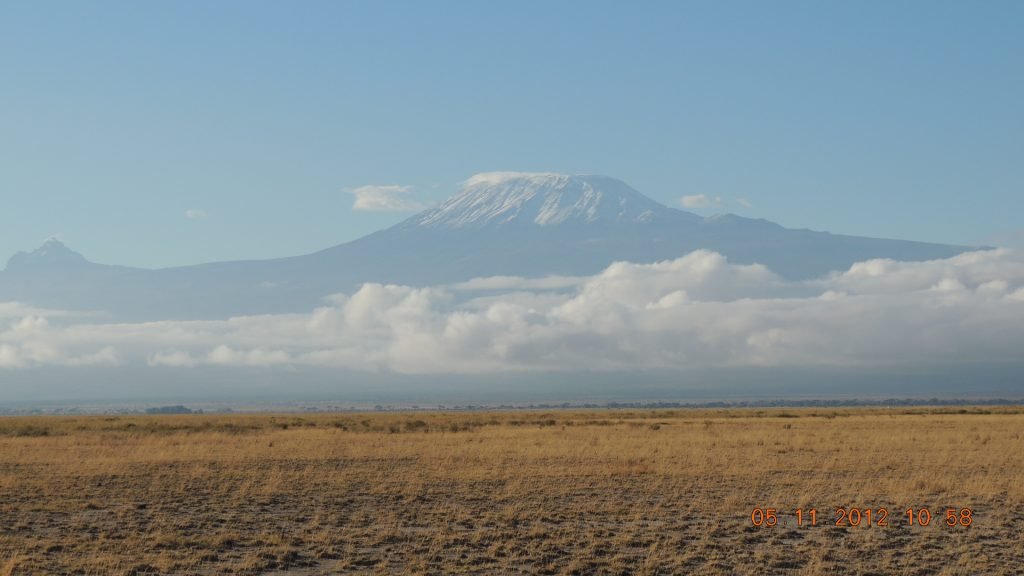Climb Mount Kilimanjaro – Africa’s Highest Peak Awaits
Mount Kilimanjaro, standing at 5,895 meters (19,341 feet), is Africa’s tallest mountain and one of the world’s most iconic trekking destinations. Located in northern Tanzania, near the Kenya border, it draws thousands of adventurers each year eager to stand on the “Roof of Africa.”
Whether you’re a first-time trekker or an experienced hiker, Kilimanjaro offers multiple routes, each with unique scenery, challenges, and rewards. Let this guide help you understand the mountain, the climb, and how to make your dream summit a reality.
Where Is Kilimanjaro and How to Get There?
Mount Kilimanjaro lies in Kilimanjaro National Park, just south of the Kenya-Tanzania border. It’s best accessed through the cities of:
- Moshi (closest town to most trailheads)
- Arusha (tourism hub, gateway to northern Tanzania safaris)
- Kilimanjaro International Airport (JRO)
From Kenya:
You can travel by road from Nairobi to Moshi/Arusha (approx. 6–8 hours) or fly directly into JRO. Many travelers combine Kenya safaris with a Kilimanjaro climb.
Kilimanjaro Climbing Routes – Which One Is Right for You?
There are 7 official trekking routes to the summit. Choosing the right one depends on your fitness, time, budget, and preference for crowds or solitude.
Marangu Route (Coca-Cola Route)
- Duration: 5–6 days
- Accommodation: Mountain huts
- Success Rate: ~50–60%
- Best For: Budget climbers, no camping gear needed
- Downside: Less scenic, lower acclimatization
Only route with hut accommodations (no tents)
Machame Route (Whiskey Route)
- Duration: 6–7 days
- Accommodation: Camping
- Success Rate: ~70–85%
- Best For: Good acclimatization, scenic trail
- Downside: Popular – can get crowded
Most popular and best all-around route for first-time climbers
Lemosho Route
- Duration: 7–8 days
- Accommodation: Camping
- Success Rate: ~85–90%
- Best For: Great acclimatization, remote start
- Scenery: Diverse – forests, moorlands, alpine deserts
High success rate and excellent for photographers
Rongai Route
- Duration: 6–7 days
- Approach: From the north, near the Kenya border
- Success Rate: ~70–80%
- Best For: Drier conditions, less traffic
- Scenery: Less dramatic but peaceful
Best Kilimanjaro route from Kenya
Northern Circuit Route
- Duration: 8–9 days
- Success Rate: ~90–95%
- Scenery: 360° circuit around the mountain
- Best For: Serious hikers wanting full experience
Longest route = best acclimatization = highest success
Umbwe Route
- Duration: 5–6 days
- Difficulty: Steep, challenging
- Success Rate: ~45–55%
- Best For: Experienced trekkers only
Most direct and difficult route – less time to acclimate
Best Time to Climb Mount Kilimanjaro
Kilimanjaro can be climbed year-round, but dry seasons offer the best conditions.
| Season | Months | Notes |
|---|---|---|
| Short Dry Season | January – March | Fewer climbers, cooler temps, possible snow |
| Long Dry Season | June – October | Peak season, clear skies, warmer days |
| Rainy Season 1 | April – May | Wet, slippery trails – not recommended |
| Rainy Season 2 | November | Short rains – possible but less ideal |
Safety & Altitude Sickness
Kilimanjaro is not technical, but altitude can affect anyone. Choose longer routes for acclimatization.
Tips to avoid altitude sickness:
- Go slow (“pole pole” in Swahili)
- Stay hydrated (3–4L per day)
- Consider Diamox (talk to your doctor)
- Know the symptoms: headache, nausea, dizziness
Guides monitor your vitals daily and carry oxygen for emergencies.
Combine Kilimanjaro with Safari or Zanzibar
Why stop at the summit? Extend your adventure with:
Safari Add-ons (Tanzania or Kenya)
- Serengeti National Park – Big Cats & Migration
- Ngorongoro Crater – High wildlife density
- Tarangire or Lake Manyara – Elephant & birding paradise
- Masai Mara (from Kenya) – Cross-border combo
Zanzibar Beach Holiday
- White-sand beaches
- Spice tours & Stone Town
- Ideal post-climb recovery!
See our 10-Day Kilimanjaro + Safari + Zanzibar Package →
Frequently Asked Questions (FAQs)
Yes. Prepare with regular cardio, hiking with a backpack, and weekend treks at increasing altitude if possible.
With a licensed operator, trained guides, and proper pacing, Kilimanjaro is safe. Our team includes WFR-certified (Wilderness First Responder) guides and emergency protocols.
Route
Success Rate
Marangu (5 days)
~50–60%
Lemosho (8 days)
~90–95%
Northern Circuit
~95%
Yes! Most climbers arrive via Nairobi, then drive or fly to Moshi/Arusha. The Rongai Route even starts near the Kenya border.
Temperatures at the summit can drop to -10°C to -20°C (14°F to -4°F). Prepare for snow and wind chill at high altitudes.
Ready to Climb Mount Kilimanjaro?
We organize fully guided Kilimanjaro treks, custom safari combos, and Zanzibar extensions for all fitness levels. Let us help you plan the climb of a lifetime.
📧 Email: info@annestkenyasafaris.com
📞 Call/WhatsApp: +254112458884
🌐 Contact Us for a Free Quote
Get a Free Quote or Custom Itinerary →
Kenya safaris | safaris from Nairobi |Nairobi to diani | Mombasa safaris | Flight safaris | Luxury safaris
Best Time to See Big Cats in the Serengeti Kenya vs Tanzania


